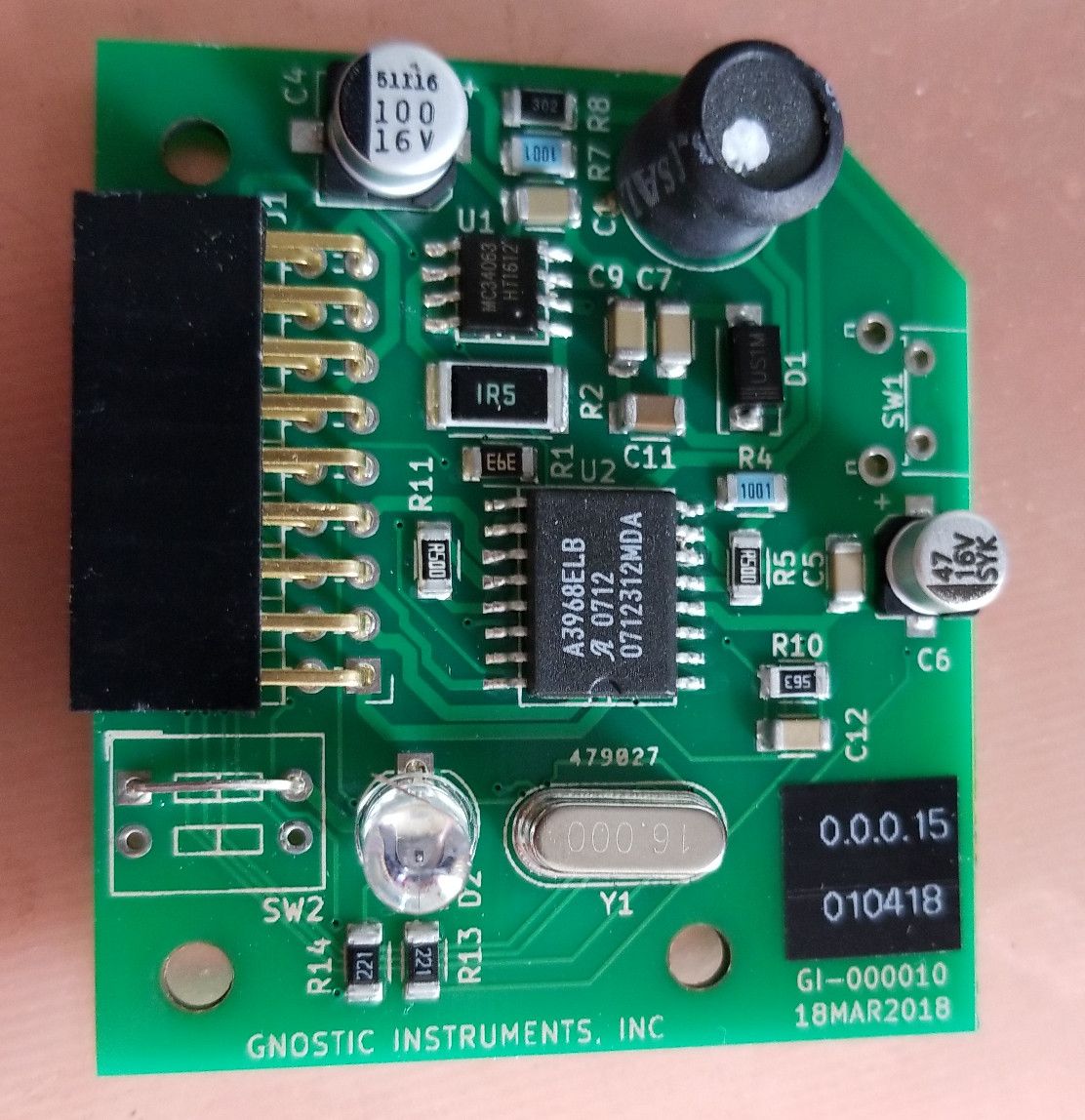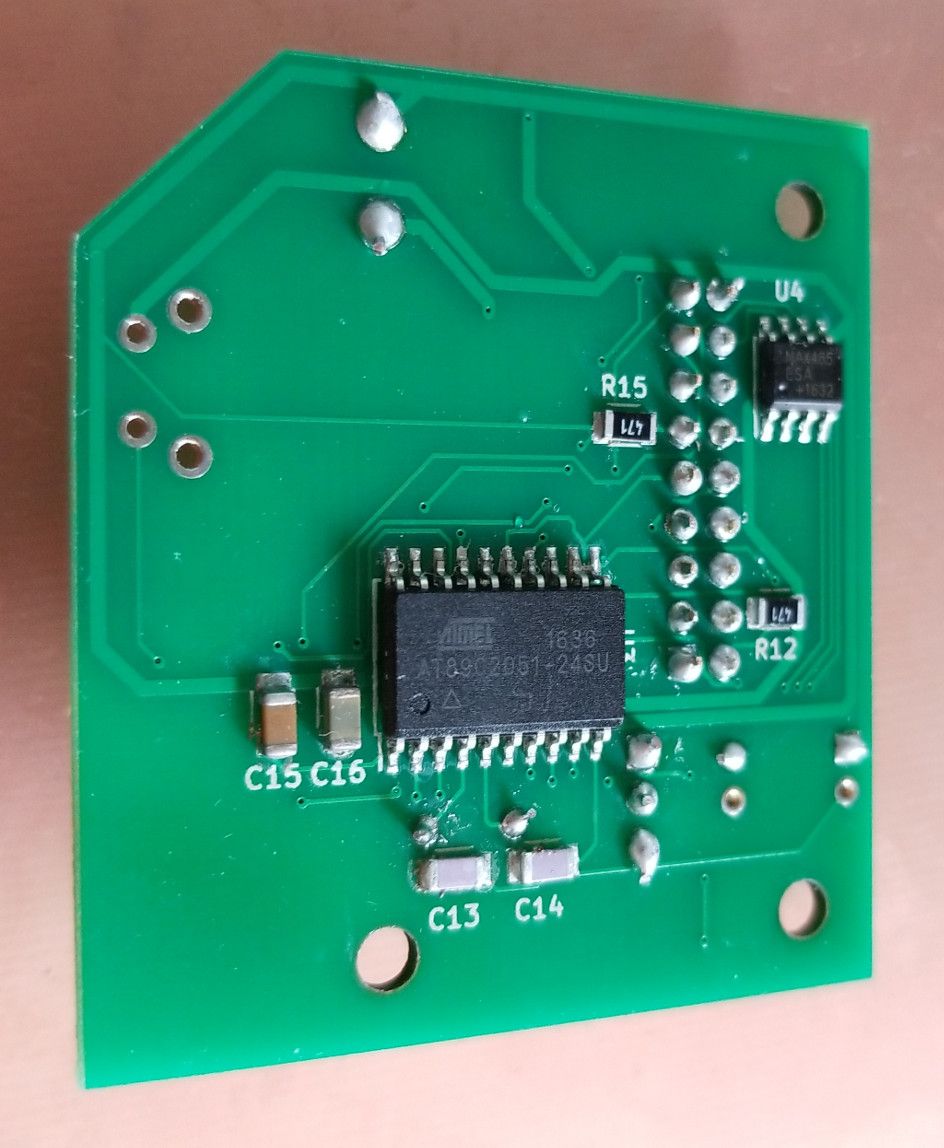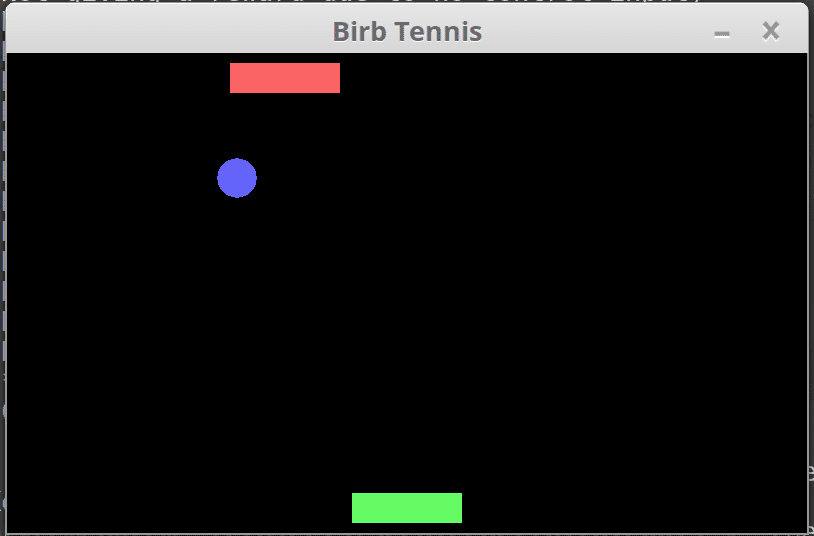This is so cool to watch the process of development on!
Thanks!
Ruby is at a huge advantage to the other parrots on this forum being taught more complex problem solving skills.
We'll see. She's trying out the prototype today. I've seen her press the button several times, but she doesn't seem to have made the connection yet between pressing the button and the presence of a treat in the chute. She does know the sound it makes because she will come and investigate the chute after hearing the sound when I press the button, but she hadn't gotten it all figured out yet when I left for work. I don't know what expression a parrot gets when its mind is blown, but I assume sometime today or tomorrow she'll be making it when she figures out that pressing a button can make food appear where there was no food before. Magic! A whole new paradigm of Making Food Appear, distinct from the previously known sciences of
Banging On Things And Hoping Seeds Fall Out and
Destroying Stuff With Your Beak 'Cuz Maybe There's Seeds Inside.
Do you plan to integrate shapes/colors into the computer interface eventually? Like correctly identify a shape or color, get a treat?
Yes. I'll need to add some more buttons, though. Right now there is only one button and it directly triggers the dispenser. The dispenser can also be activated by a computer, though, so this sort of thing is definitely possible (and in the plan.) I'm also planning on teaching her to play "Pong" with a progressive system of games, tentatively:
Stage 1: Press a button to get food (here now)
Stage 2: Press a button to get food when a visual cue (the pong game) is shown on a monitor.
Stage 3: Press one of two buttons to get food, depending on the visual cue shown.
Stage 4: Move a paddle to hit a ball, get food.
Stage 5: Do this multiple times in a row to get food.
Stage 6-onward: Add a computer opponent of increasing difficulty, bouncing the ball back.
A touchscreen interface perhaps using an old tablet running on Linux?
I don't think a modern capacitative touch screen would work all that well with a beak, but I could be wrong. Currently I'm using arcade machine buttons, figuring that if they stand up to frustrated kids banging on them, they might survive The Beak.
There would definitely be some advantages to touch screens, if they could be rugged enough and sensitive to beaks and feathered heads. Some of the older-style touchscreens using IRED/Photodiode arrays, acoustic triangulation, or a resistive sensing element might be better suited. I think they still make them for kiosks and ATMs, but I'm not sure how expensive they are. The arcade machine buttons I got were really cheap, but they also were not very high quality (over half of them were defective) so I'm definitely thinking about other options. Oddly, eBay didn't have any joysticks specifically designed for beaks.

I 100% agree that Linux would be appropriate. I'm thinking at this point of running it on a BeagleBone, a cheap single-board computer, but if it turns out that modern touch screens can survive beaks (and be triggered reliably by them) a tablet would probably be a good option.




